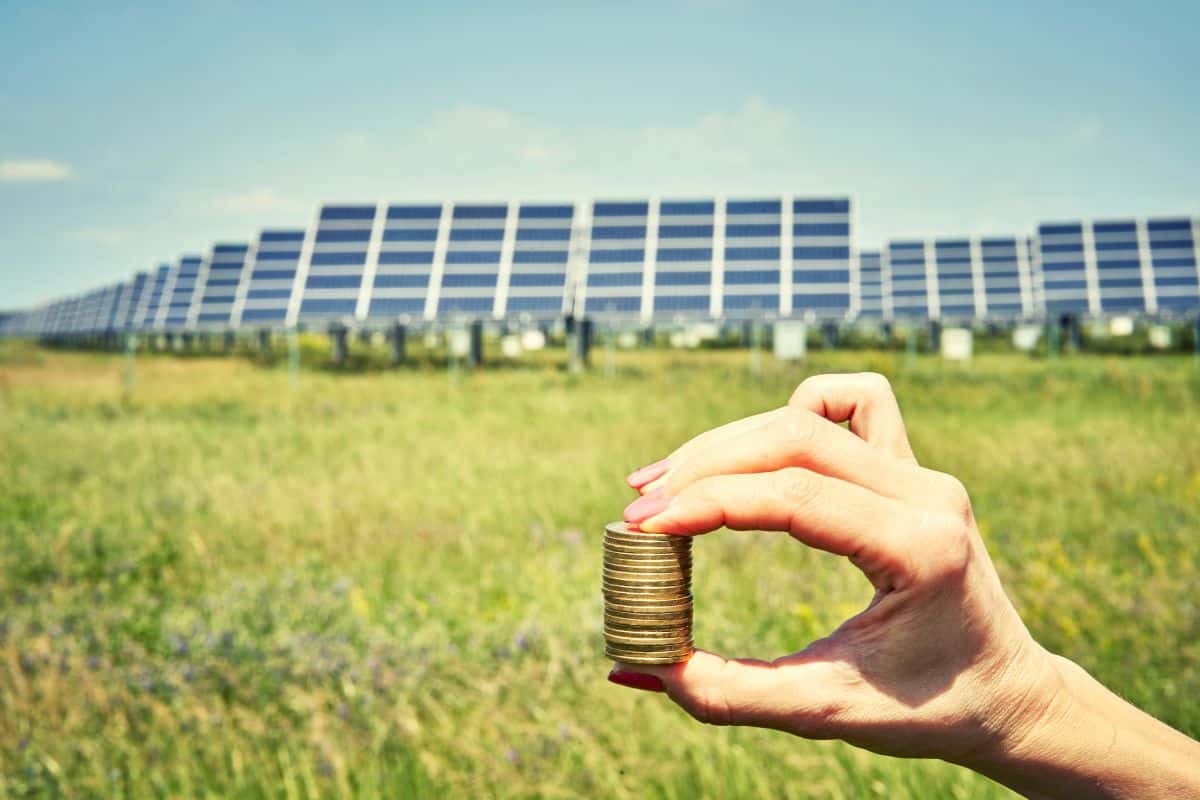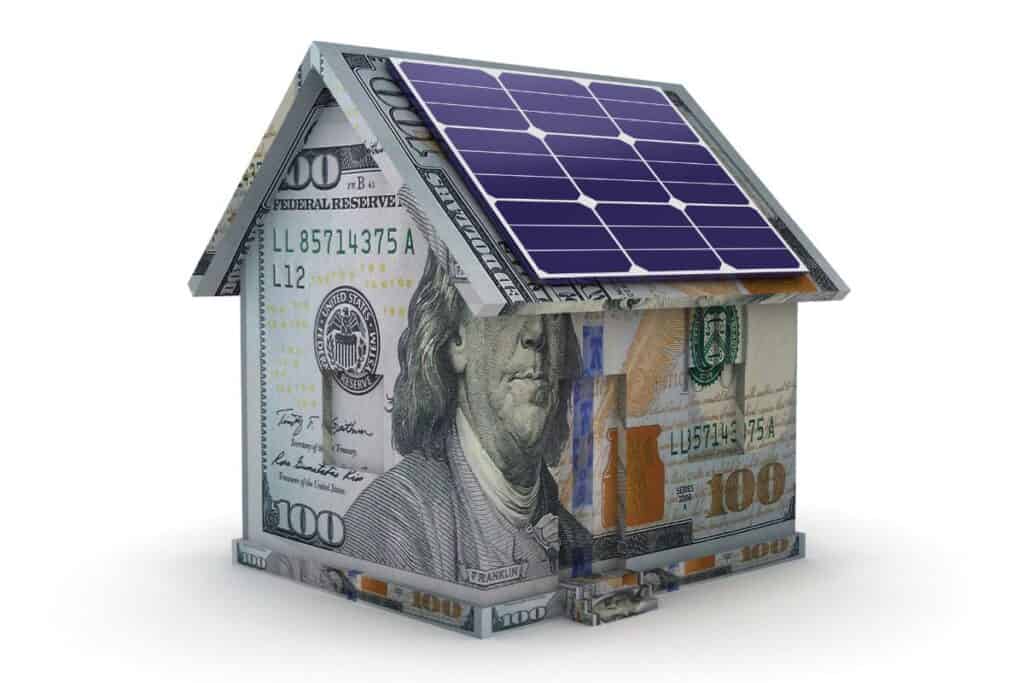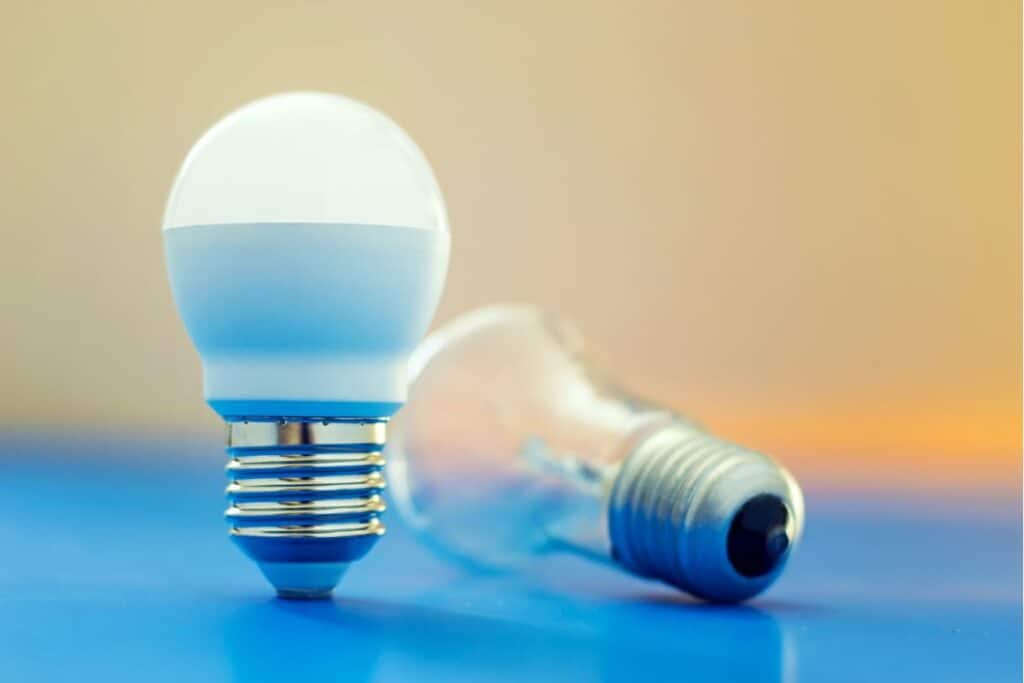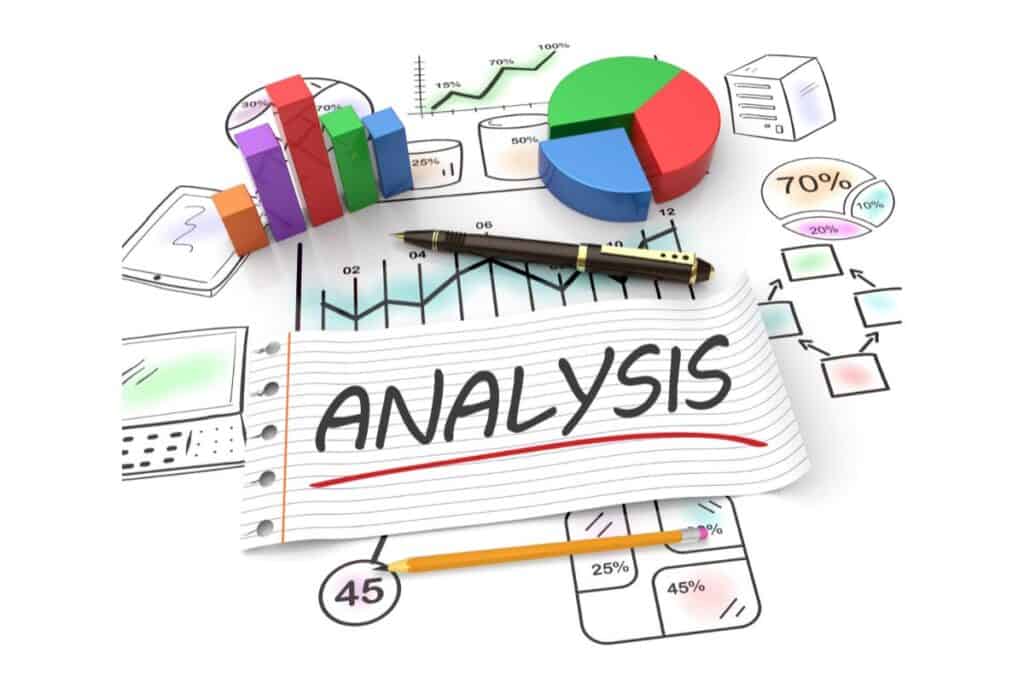You might be wondering, will solar panels get cheaper? It’s an important question, considering the substantial initial investment required to go solar.
Yes – solar panels are expected to continue becoming more affordable. Thanks to advancements in technology and increased market competition, the cost of solar panels has been on a steady decline. This trend is likely to continue.
In the past decade, we have seen a dramatic decrease in the cost of solar panels.
In fact, according to the Solar Energy Industries Association (SEIA), the cost of installing solar has dropped by more than 70% over the last decade.
Factors driving this price reduction include improvements in manufacturing processes, advancements in solar panel technology, increased market competition, and the expansion of solar panel installations worldwide.

A key factor driving down the cost of solar panels is improvement in manufacturing efficiency.
As manufacturers continue to refine their production processes, they can produce solar panels more quickly, efficiently, and cost-effectively.
This not only reduces the cost of individual panels but also makes it less expensive to produce panels on a large scale.
Technological advancements also play a crucial role in the reduction of solar panel costs.
Newer panel designs are more efficient at converting sunlight into electricity. That means fewer panels are needed to generate the same amount of power.
These efficiencies lead to savings for the consumer, as less material and labor are required for the installation.
Cutting-Edge Tech Innovations Making Solar Panels Cheaper
First on our list is the development of thin-film solar panels. Unlike traditional solar panels, which are made of thick, rigid sheets of silicon, thin-film panels are just that – thin.
They use less material, are lighter, and are easier to produce, all of which can reduce costs.
Although they are less efficient than their silicon counterparts, they are more versatile and can be used in a wider range of applications, like building-integrated photovoltaics.
Next is the progression towards more efficient solar cells. The advent of PERC (Passivated Emitter and Rear Cell) technology has improved the efficiency of solar cells significantly.
Higher efficiency means more power output from the same-sized panel, reducing the number of panels needed for a given output.
Another revolutionary development is the use of solar tracking systems.
These devices allow solar panels to follow the sun across the sky, maximizing their exposure to sunlight throughout the day.
While this does increase the upfront cost, it significantly boosts the power output, potentially making the overall cost per kilowatt-hour lower.
New materials dropping the price of solar
Finally, the research into alternative materials, like perovskite, could revolutionize the solar industry. Perovskite solar cells are cheaper and easier to manufacture than silicon-based cells and have the potential to be even more efficient.
All these innovations are contributing to the continued decrease in solar panel prices. With each technological leap, solar power becomes an increasingly cost-effective solution for our energy needs.
As consumers, it’s an exciting time to be considering a move to solar energy.

The market competition, too, contributes to the falling costs. As more companies enter the solar market, the competition drives prices down.
This is good news for consumers as it provides more options and better prices.
Furthermore, as the global demand for solar panels increases, economies of scale come into play.
As production quantities increase, the cost per unit decreases. This effect extends throughout the supply chain, from the production of raw materials to the manufacturing of the panels themselves, ultimately resulting in lower costs for the end-user.
In terms of future price trends, most industry experts predict that the cost of solar panels will continue to decline, albeit at a slower pace than in the past.
The International Renewable Energy Agency (IRENA) suggests that the cost of solar could decrease by up to 59% by 2025 under the right circumstances.
That being said, while the cost of solar panels themselves is expected to decrease, other associated costs such as installation, permitting, and interconnection may not follow the same trend.
It is therefore crucial to consider all potential costs when considering investing in solar.
Dissecting Solar Installation Costs: The Biggest Expense and How to Reduce It
Understanding where your money goes in a solar installation can be empowering, as it allows you to take control of the costs.
It’s no secret that the upfront costs can be substantial, but knowing how to manage the biggest cost factor can make a difference.
The most significant portion of the cost comes from the solar panels themselves. These typically account for around 25% to 30% of the total cost of the system.
This cost is mainly driven by the size of the system (measured in kilowatts), the efficiency of the panels, and the brand.
So, how can you lower this substantial expense?
The first step is to understand your energy needs. By doing an energy audit of your home, you can identify areas where you can reduce your energy consumption.
This can include simple steps like replacing old appliances with energy-efficient ones, insulating your home better, or switching to LED lights. The less energy you use, the fewer panels you need, reducing the overall cost.
Another effective strategy is to shop around and compare prices from different solar panel manufacturers and suppliers.

Prices can vary significantly between different brands and models. Finding a good balance between cost and efficiency can save you a considerable amount of money.
Lastly, consider the timing of your purchase.
The cost of solar panels has been decreasing over time due to technological advancements and increased demand.
Therefore, if you’re not in a rush, you might benefit from waiting for prices to drop further.
Remember, while the upfront cost of solar panels can be high, the long-term savings on your electricity bill and the potential increase in property value can more than compensate for the initial investment.
And, with the right strategies, you can make solar power a more affordable and beneficial addition to your home.
Let’s talk about a few more of those strategies that will make the cost of installing solar cheaper.
8 Practical Strategies to Make Solar Installation More Affordable
While solar panels continue their downward trend in price, you might still be looking for ways to make the switch to solar even more economical.
Well, you’re in luck because there are several strategies to reduce the cost of your solar installation.
- Take Advantage of Federal Solar Tax Credits
The Federal Investment Tax Credit (ITC) allows you to deduct 26% of the cost of your solar system from your federal taxes. These significant savings can greatly reduce the overall cost of going solar.
- Look for State and Local Incentives
Many states, counties, and municipalities offer additional incentives for solar installation, such as tax credits, rebates, or grants. Be sure to research what’s available in your area.
- Explore Solar Financing Options
Several financing options are available for solar power,
including solar leases, power purchase agreements (PPAs), and solar loans. These can make solar power accessible without the need for a large upfront investment.
- Opt for a Smaller System
Instead of installing a system that covers 100% of your energy needs, you could opt for a smaller system to offset part of your energy consumption. This can reduce the initial cost of installation and still lead to significant energy savings.
- Increase Your Home’s Energy Efficiency
By improving your home’s energy efficiency with upgrades like better insulation or energy-efficient appliances, you can reduce your overall energy needs and therefore the size of the solar system required.
- Buy in Bulk
If you’re part of a homeowners association or neighborhood group, you might consider a bulk purchase or a solarize program. This can reduce installation costs by leveraging group purchasing power.
- DIY Installation
If you’re handy and up for a challenge, you could consider a do-it-yourself installation. However, this option requires a good understanding of electricity and could void warranties, so proceed with caution.
- Shop Around
Different solar providers offer different prices, so it can pay to get quotes from multiple installers. Ensure you’re comparing similar systems in terms of size, equipment quality, and service.
By taking advantage of these strategies, you can make your transition to solar energy more affordable. By doing that you can start enjoying the benefits of renewable energy sooner.
Remember, investing in solar is not just a purchase; it’s a long-term investment that can provide substantial financial and environmental returns.
It’s impossible to predict the future but the past can give you a good indication of where the price of solar power is heading.

Financial Overview: The 20-Year Downward Trend in Solar Costs
Over the past two decades, the price of solar panels has witnessed a tremendous decline.
It’s been a game-changing shift that’s put solar energy within reach for more people than ever before. Let’s examine a financial breakdown that charts this impressive drop in costs.
In the early 2000s, solar power was still somewhat of a luxury.
Solar panels were typically selling for around $8-$10 per watt. For a standard 5 kilowatt (kW) residential system, that translated to a hefty $40,000-$50,000 before any incentives.
That price tag placed solar out of reach for the average homeowner.
Fast forward to 2010, and solar prices had already begun their downward slide.
The average cost per watt was about $4, slicing the cost for a 5kW system in half to $20,000. This was a significant milestone, making solar a feasible option for a much larger number of homeowners.
Now, let’s look at where we are now in 2023. The average cost of solar panels in the US is around $2.81 per watt. For our standard 5kW system, that equates to just $14,050.
And remember, that’s before factoring in any government incentives or rebates. Once those are applied, the net cost drops even further, often to below $10,000.
To sum up, over the past 20 years, the cost of a typical residential solar installation has plummeted from as much as $50,000 to potentially less than $10,000.
The Solar Panel Price Trend
It’s a trend that’s made solar power not just viable but an increasingly popular choice for powering homes around the world.
This dramatic cost reduction reflects advancements in technology, economies of scale in manufacturing, and increased competition among solar providers.
And as technology continues to evolve, it’s reasonable to expect that the trend will continue, making solar power an increasingly affordable option for a wide range of energy consumers.
In conclusion, while no one can predict the future with certainty, current and past trends suggest that solar panels will continue to become more affordable.
This continued reduction in cost, coupled with the environmental benefits of solar power, make it an increasingly attractive option for those looking to reduce their carbon footprint and their electricity bill.
